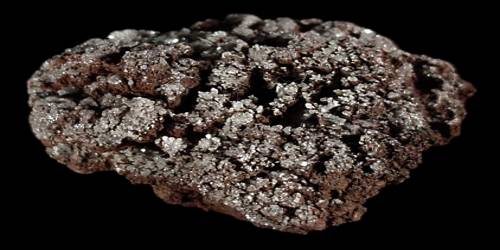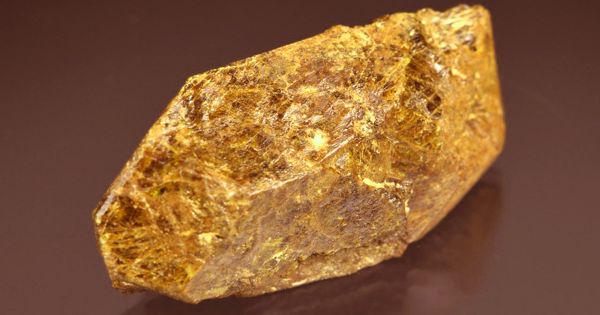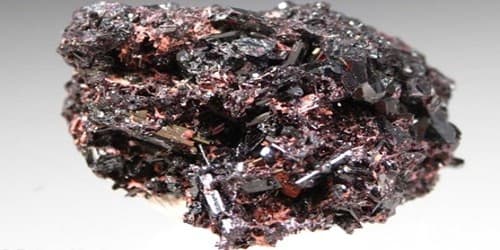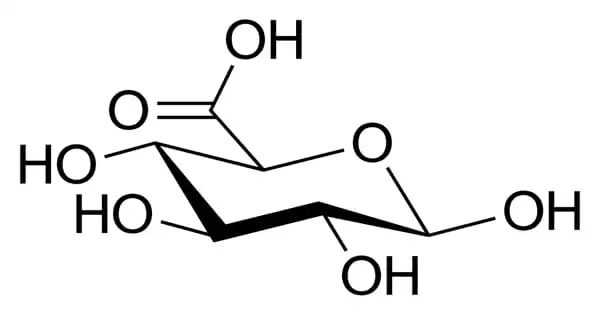Cotunnite is the natural mineral form of lead(II) chloride with formula PbCl2. It is a mineral form of lead chloride formed by alteration of Galena. It was first recognized in volcanic fumarole deposits. It was first described in 1825 from an occurrence on Mount Vesuvius, Naples Province, Campania, Italy. It was named for Domenico Cotugno (Cotunnius) (1736–1822), Italian physician and Professor of Anatomy.
It occurs as a secondary alteration product in lead ore deposits. It has also been reported as an alteration of archaeological objects that contain lead.
General Information
- Category: Halide mineral
- Formula: PbCl2
- Crystal system: Orthorhombic
- Crystal class: Dipyramidal (mmm)
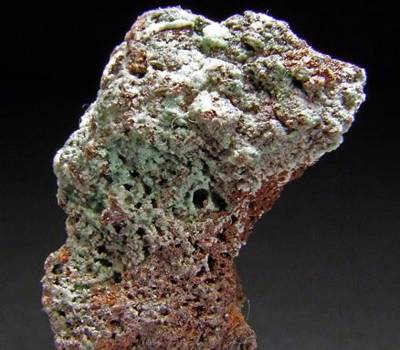
Properties
- Color: Colorless to white, pale green, pale yellow
- Fracture: Subconchoidal
- Tenacity: Slightly sectile
- Mohs scale hardness: 2.5
- Luster: Adamantine, silky to pearly
- Diaphaneity: Transparent to opaque
- Specific gravity: 5.80
Occurrence
It occurs in association with galena, cerussite, anglesite and matlockite in the Caracoles, Chile. At the Tolbachik volcano on the Kamchatka Peninsula, Russia it occurs with the rare to uncommon minerals tenorite, ponomarevite, sofiite, burnsite, ilinskite, georgbokite, chloromenite, halite, sylvite and native gold.
Association: Galena, cerussite, anglesite, matlockite (Caracoles, Chile); tenorite, ponomarevite, sofiite, burnsite, ilinskite, georgbokite, chloromenite, halite, sylvite, gold (Tolbachik volcano, Russia).
Information Source;
